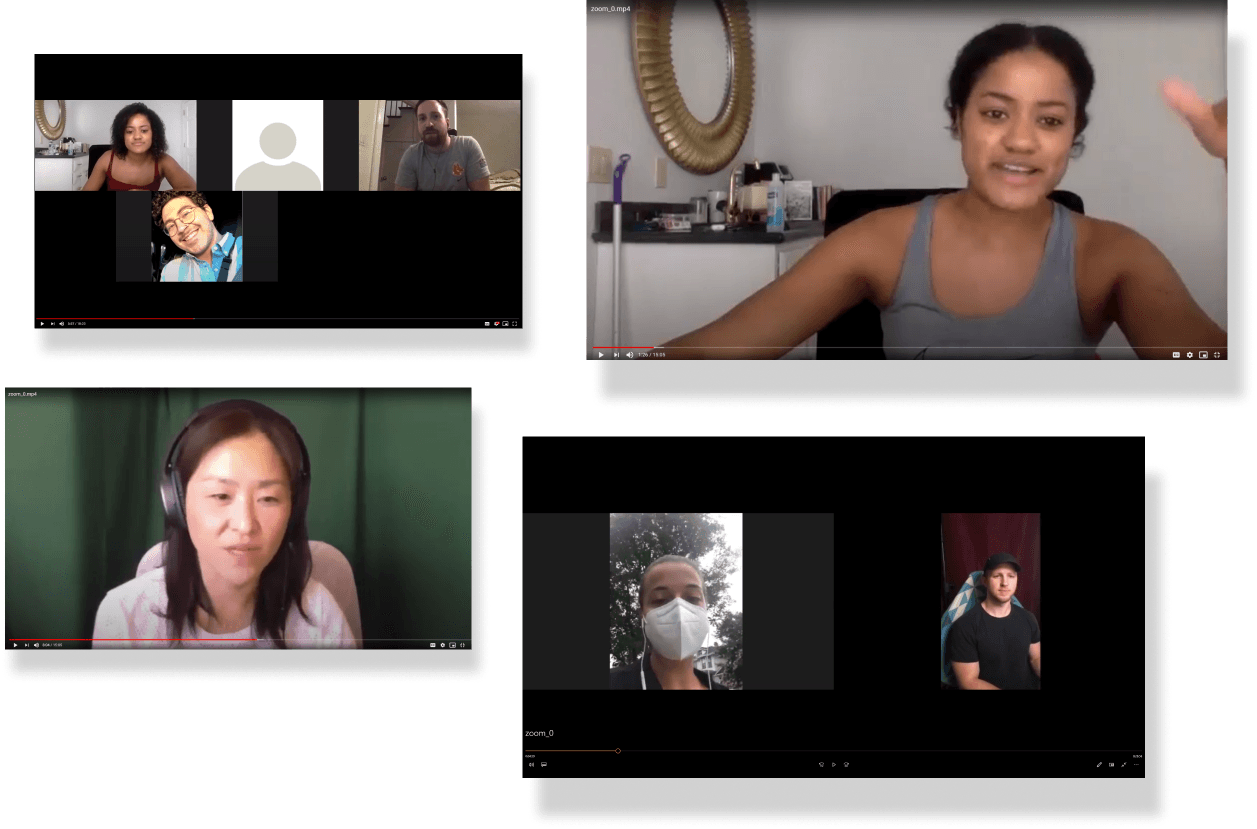Which brings us to the issue of relying on competitors to keep you accountable. This was at the heart of the game’s design, but if we wanted to encourage users to keep their friends accountable, then we need to unite them, not divide them.
And there, we had our answer. We needed to unite friends under a common goal; one that they couldn’t accomplish on their own. By doing this, they wouldn’t just have money on the table as motivation. We would leverage the social pressure to carry their own weight, as well as the opportunity to win even more money for them and their team.
By competing in tribe versus tribe competitions, users would have the potential to earn a much larger pot, as it would include the penalty money from other tribes as well as their own tribe.

























